Ever found yourself quietly honored by your cat’s presence, only to have your heart sink when they dart away at the first hint of a pet? You’re not alone in this emotional tug-of-war. Cats walk a fine, mysterious line: curling up at your feet, shadowing your every move, but recoiling at a stretch of the hand. It’s a puzzle that intrigues and frustrates cat lovers in equal measure. Dive with me into this fascinating world where affection is shown with silence, closeness is not always an invitation, and every purr seems to hold a thousand secrets.
The Enigma of Feline Affection

Cats have a way of making you feel special simply by being near. Unlike dogs, who greet with wagging tails and slobbery kisses, cats show their love differently. Proximity is their quiet way of saying, “I trust you.” Yet, when you reach to pet them, they often bristle or move away. This odd dance isn’t rejection; it’s part of their unique language. Cats are subtle creatures, and their affection is often displayed through presence rather than touch. They might sit just out of arm’s reach, watching you, soaking in your company without asking for more.
Instincts Born in the Wild

Long before cats became our sofa companions, they survived as solitary hunters. Their wild ancestors developed behaviors that helped them avoid predators and stay safe. Seeking proximity lets them observe everything while staying alert to danger. Touch, on the other hand, can be risky in the wild—it signals vulnerability. So even our pampered house cats carry these instincts, hesitating to let themselves be handled, no matter how safe they actually are. Their wild roots are never far beneath the surface.
The Fine Art of Personal Space
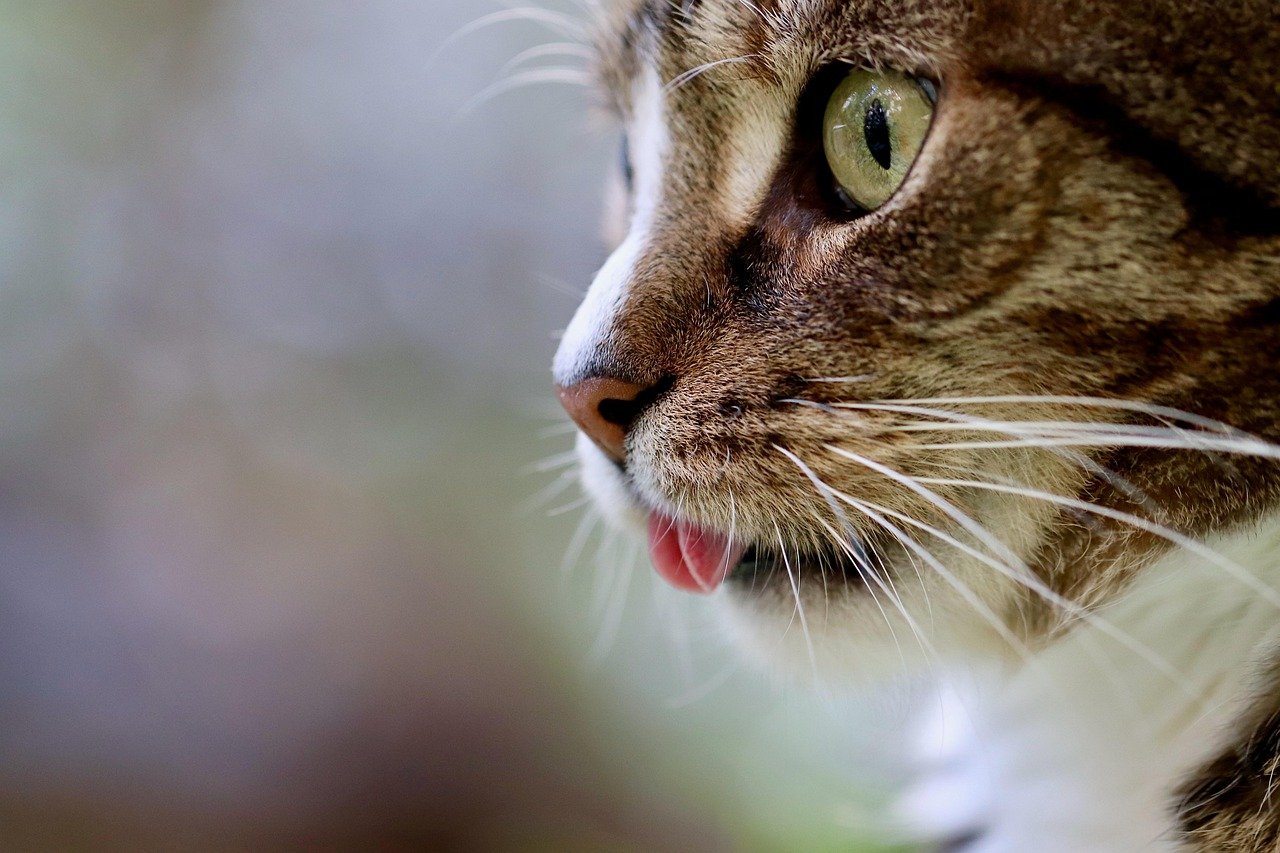
Imagine if someone hugged you every time you walked into a room. For a cat, constant petting feels just as overwhelming. They value their personal bubble, and proximity is their way of sharing space without losing independence. Sitting near you is a sign of trust, but touching is a different level of intimacy. Just as we sometimes want company without conversation, cats crave closeness without constant interaction. It’s their way of being with you, not on top of you.
Body Language: The Subtle Signals
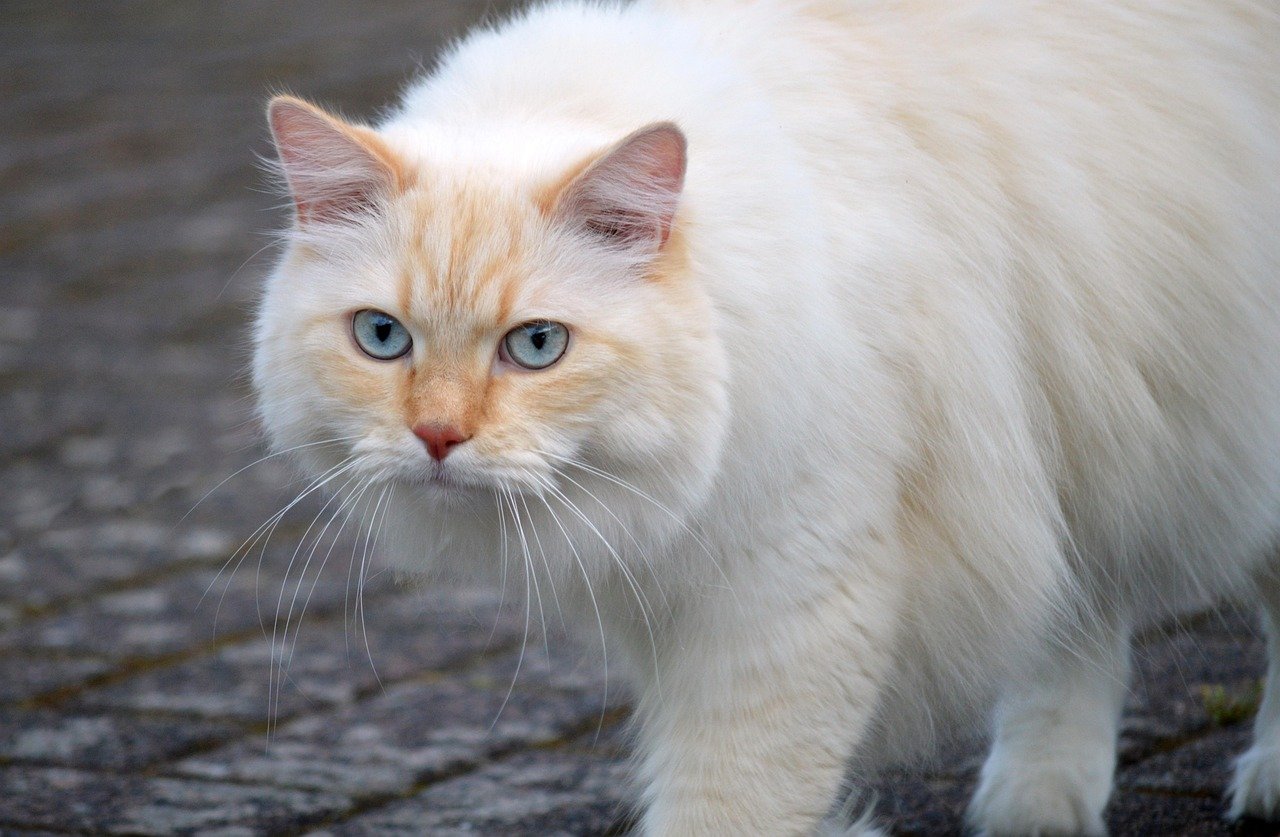
Cats speak volumes without uttering a sound. Their posture, tail flicks, and ear movements are all part of their communication. A cat curled up near you with half-closed eyes feels safe but may not want to be touched. A slow blink from across the room is a feline “I love you.” But if their tail starts twitching or their ears flatten, take it as a gentle “not now.” Learning to read these signs can deepen your bond and help avoid unwanted scratches or hurt feelings.
Seeking Security in Your Presence
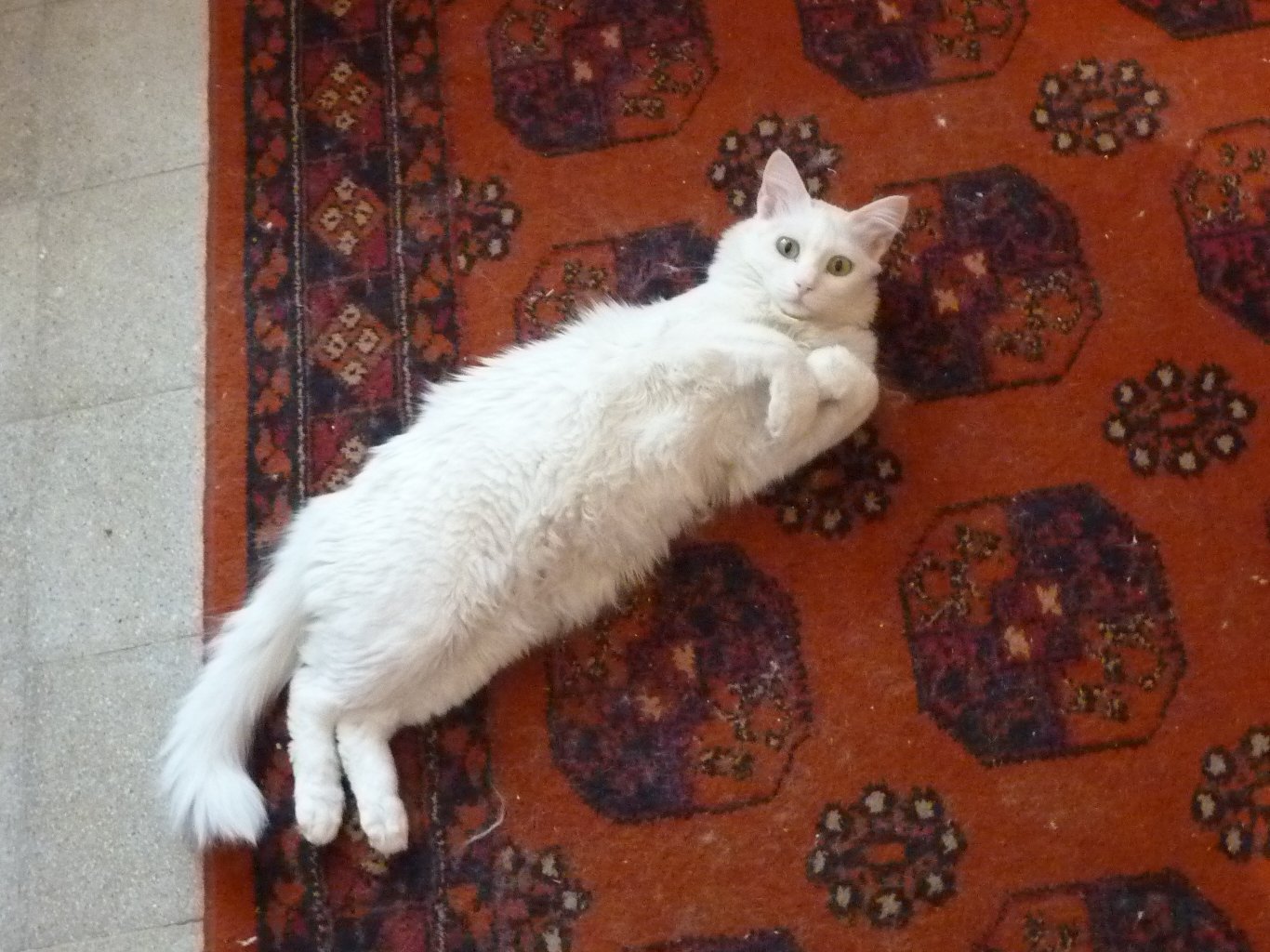
Your cat may treat you like a moving security blanket. When they’re near you, they feel protected from loud noises, unfamiliar guests, or even the vacuum cleaner. Your mere presence is a comfort, a safe harbor in a world full of surprises. They may not want to be touched, but they certainly want to know you’re close by. This silent companionship is a powerful expression of trust. It’s like a child hiding behind a parent’s leg—they want reassurance, not a cuddle.
Touch Sensitivity: A Matter of Preference

Not all cats are created equal when it comes to touch. Some cats absolutely adore head scratches and belly rubs, while others recoil at the gentlest pat. This comes down to individual temperament and even past experiences. A kitten raised in a bustling household may crave touch, while a rescue cat with a rough past might shy away. Respecting these boundaries is crucial. Imagine being tickled when you’re not in the mood—your cat feels the same way.
Past Experiences Shape Present Behavior

A cat’s history can leave invisible paw prints on their personality. Cats rescued from stressful situations may be wary of hands, associating them with fear or pain. On the flip side, cats raised with gentle, consistent handling may seek more interaction. It’s a bit like people: our past shapes how we trust and relate. With patience, some cats learn to enjoy more touch, but others may always prefer the simple comfort of being near.
The Importance of Routine

Cats are creatures of habit. They thrive on routine, knowing exactly what to expect from their environment and from you. Sudden changes—like a new piece of furniture, different feeding times, or an unfamiliar guest—can make them seek proximity for reassurance while avoiding direct contact. This routine helps them feel safe, and their avoidance of touch during these times isn’t personal. It’s their way of coping with change and seeking stability.
The Role of Scent in Feline Relationships

To a cat, scent is everything. They mark their territory and loved ones with their scent glands, often rubbing their cheeks against your hand or furniture. Sitting near you allows them to share in your scent, mingling their world with yours. It’s a quiet form of bonding, even if you’re not touching. Sometimes, they’ll even leave their scent on your belongings as a way of claiming you as their own. This invisible connection is a central part of their social world.
Socialization: The Early Years Matter

The first few weeks of a kitten’s life play a huge role in how they relate to humans. Kittens handled gently and regularly during this time often grow into affectionate adults. Those who miss out on early socialization may always keep a cautious distance, even as they seek your company. This window of time is crucial—like learning a new language as a child, it’s much easier when you’re young. But don’t worry, older cats can still learn to trust, it just takes more patience.
Understanding the Slow Blink
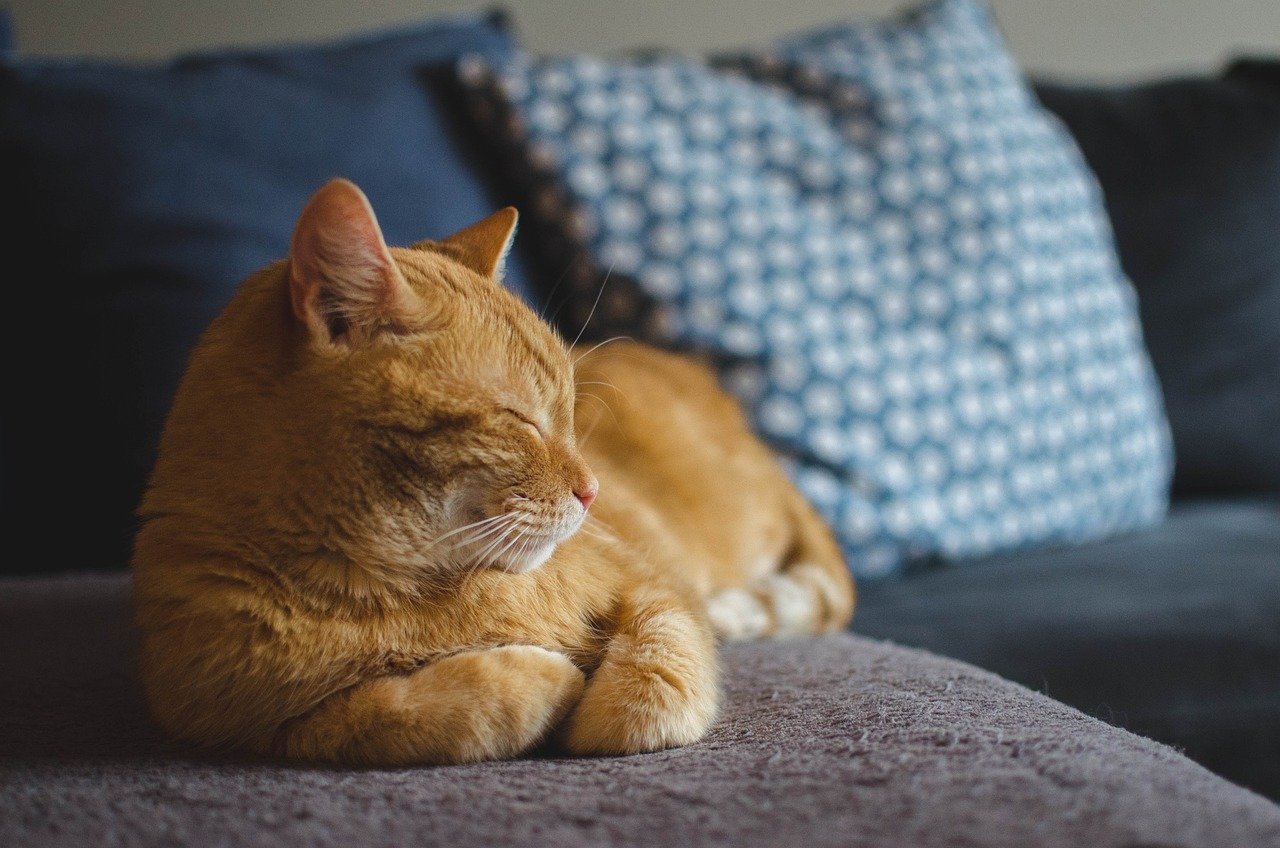
One of the sweetest gestures a cat can give is the slow blink. It’s their way of saying, “I feel comfortable and safe with you.” When your cat sits close and offers this gentle blink, they’re inviting you into their world—even if they don’t want to be petted. Try slow blinking back. It’s a silent conversation, a mutual understanding that doesn’t require physical touch. It’s like sharing a secret smile with a friend across the room.
When Proximity Means Love
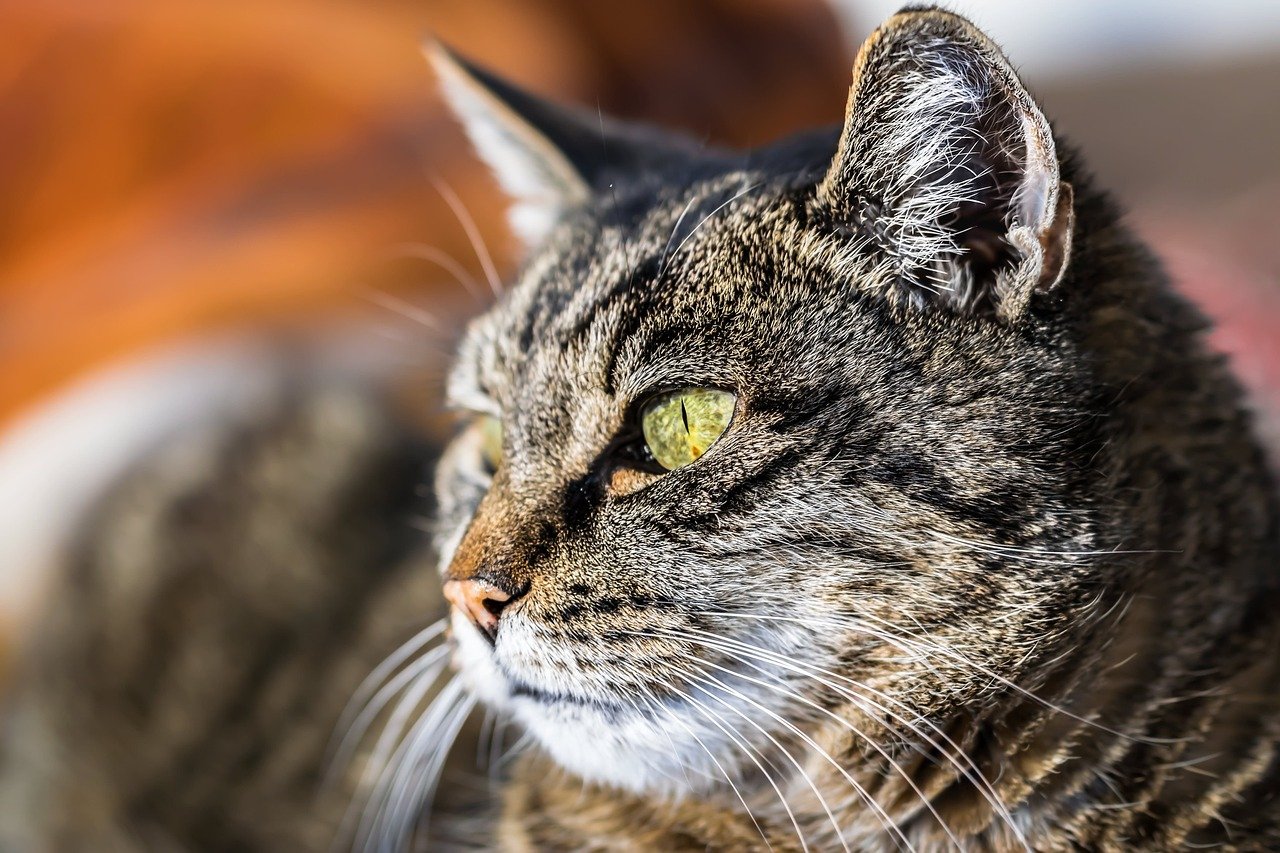
It’s easy to misinterpret a cat’s avoidance of touch as aloofness or indifference. But for many cats, just being near you is the ultimate act of love. They choose your company over solitude, following you from room to room, curling up nearby as you work or rest. This quiet loyalty is their way of saying, “You are my person.” For some, it’s as deep and meaningful as any cuddle or purr.
Stress and Overstimulation
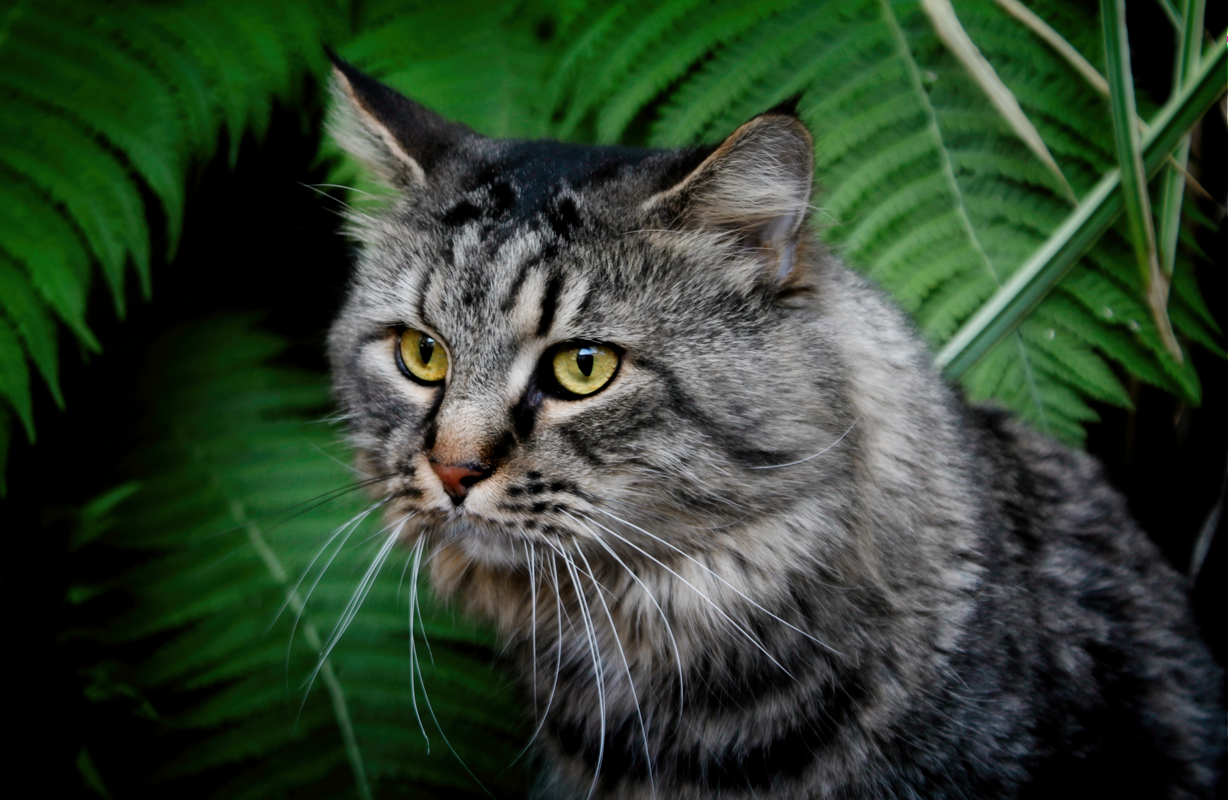
Cats can become overwhelmed by too much noise, activity, or attention. When they’re stressed or overstimulated, they may seek refuge near you but shy away from being touched. Imagine being at a loud party—sometimes you just want to stand close to someone you trust without talking. Your cat feels the same way. Giving them space during these times helps them recharge and feel safe.
Medical Reasons Behind Avoidance
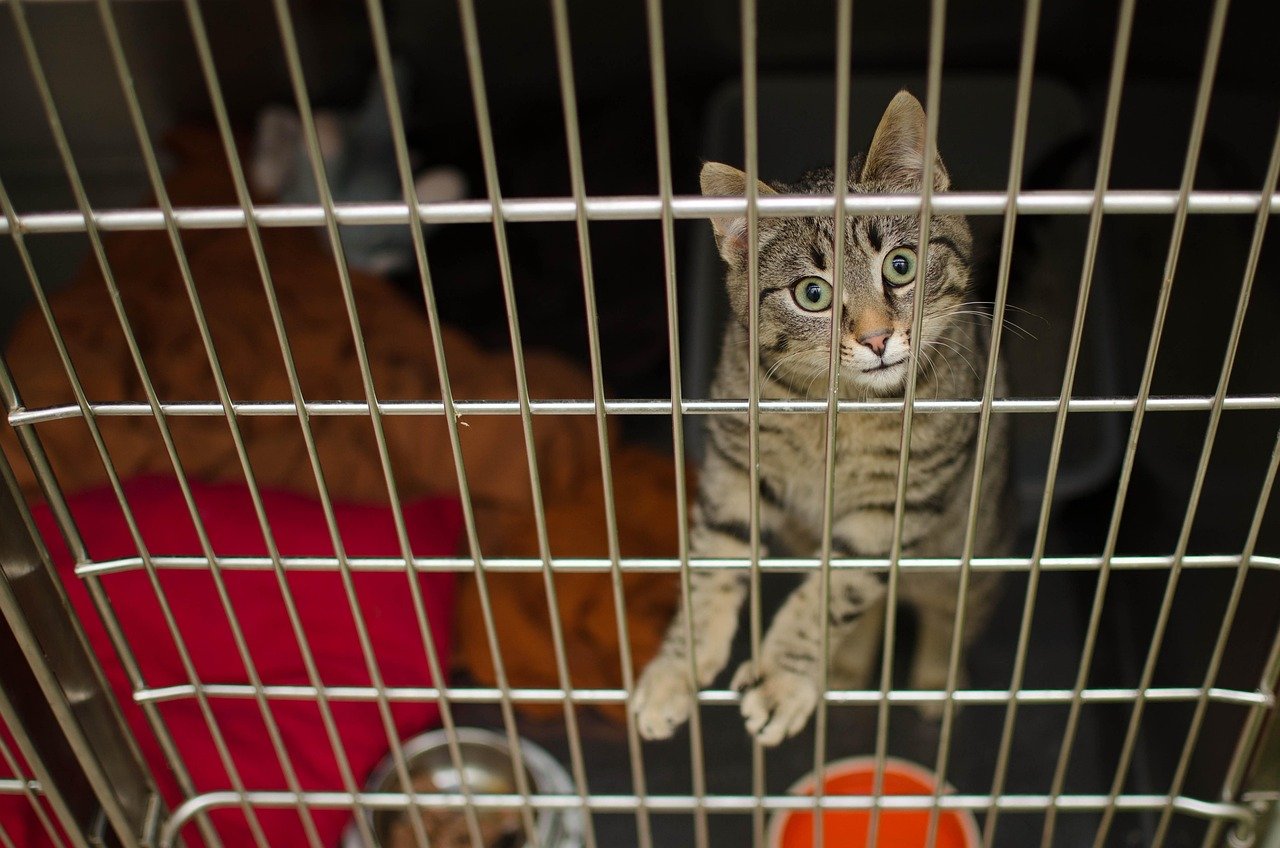
Sometimes, a cat’s reluctance to be touched is due to pain or discomfort. Conditions like arthritis, dental disease, or skin issues can make even gentle contact unpleasant. If your once-cuddly cat suddenly avoids touch, a trip to the vet is a wise move. It’s their only way of telling you something isn’t right. Always be mindful of changes in behavior, as they can signal underlying health issues.
Seasonal Changes and Mood
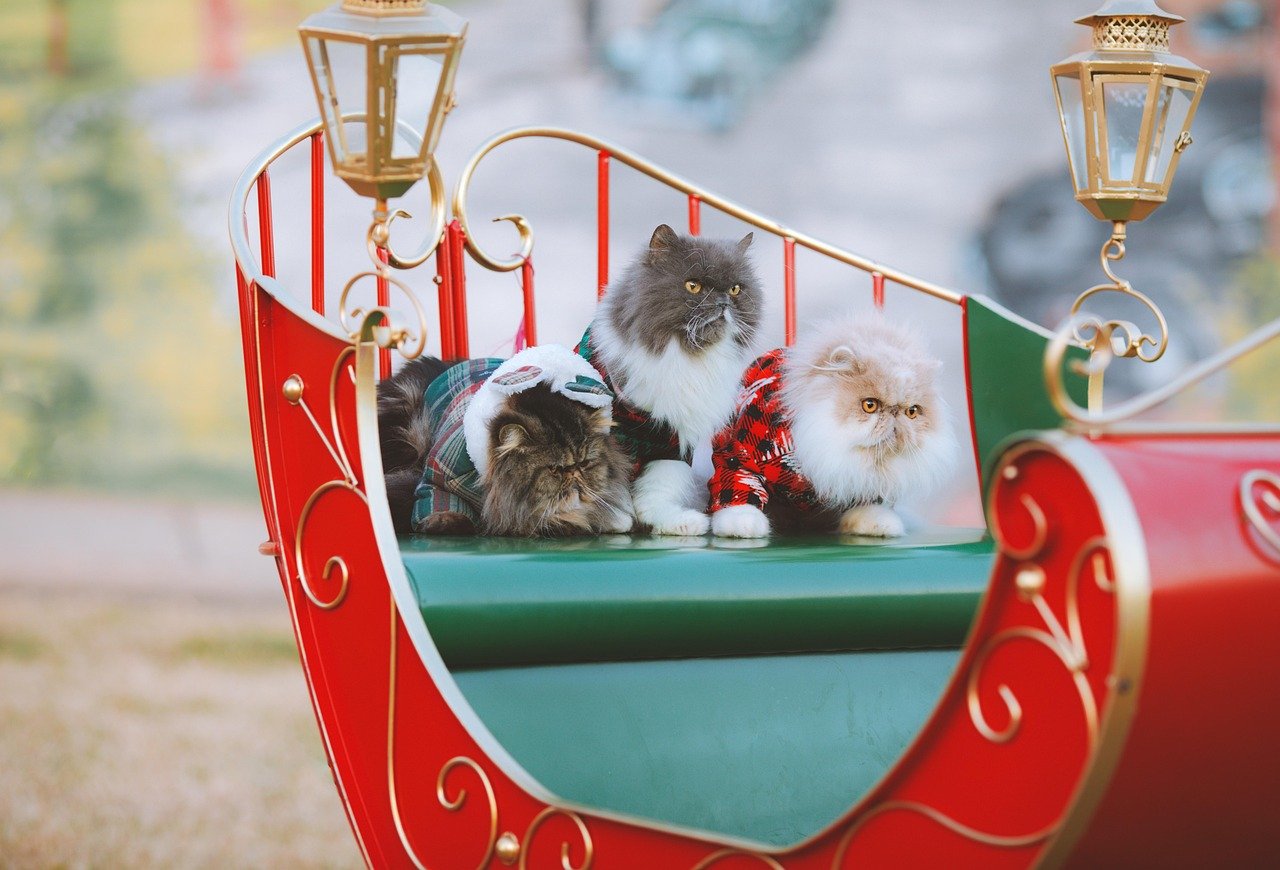
Just like people, cats can be affected by the changing seasons. During colder months, they may seek warmth by snuggling close—but that doesn’t always mean they want to be stroked. In the heat of summer, they might keep their distance, seeking cooler spots while still remaining in your line of sight. Their mood can shift with the weather, making their desire for touch wax and wane like the seasons.
The Influence of Age

As cats age, their preferences often shift. A playful kitten might grow into a dignified adult who prefers sitting at your side rather than in your lap. Senior cats, especially those with arthritis or other age-related issues, might avoid touch because it’s uncomfortable. Yet, they often seek more of your company, choosing to nap near you or follow you from room to room. It’s a gentle reminder that love changes with time.
Multi-Cat Households: Social Dynamics

Living with other cats can affect how your cat interacts with you. In a multi-cat home, some cats become more affectionate, competing for your attention. Others may become more reserved, seeking your presence but not touch to avoid tension with feline roommates. Watching how your cats interact with each other can offer clues about their comfort levels and needs. Harmony in the group often means more relaxed, confident behavior around people.
Reading the Room: Context Matters
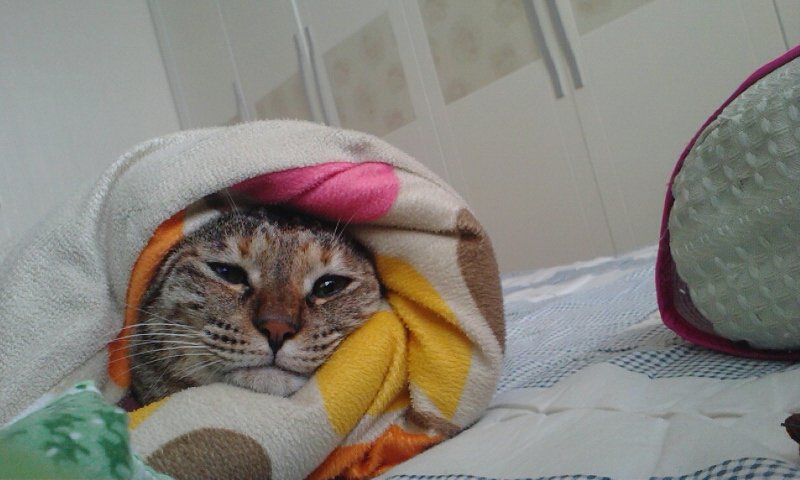
A cat’s willingness to engage depends on their environment. A quiet, familiar room might invite a snuggle, while a busy, noisy space makes them cautious. Timing matters, too—your cat might crave attention in the morning but prefer solitude in the afternoon. Context shapes their comfort, and paying attention to these cues helps you respond in ways that respect their needs.
How to Build Trust and Respect Boundaries
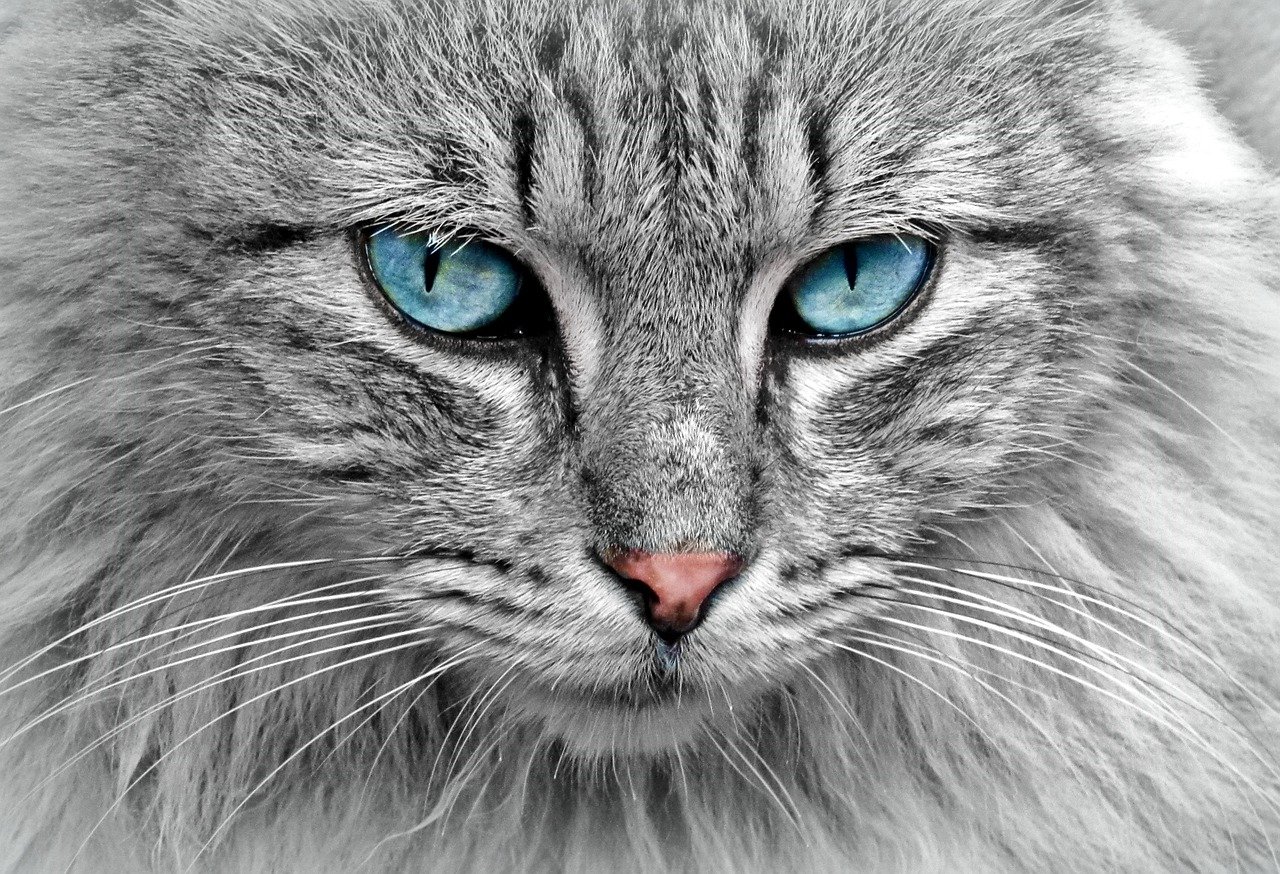
The key to a strong bond with your cat is respecting their boundaries. Let your cat come to you, and don’t force interaction. Offer a gentle hand and wait for them to initiate touch. Use treats and play to create positive associations. Over time, your cat will learn that you respect their wishes, and this trust can open the door to more affection. Every cat is different, and what works for one may not work for another.
Celebrating the Quiet Connection
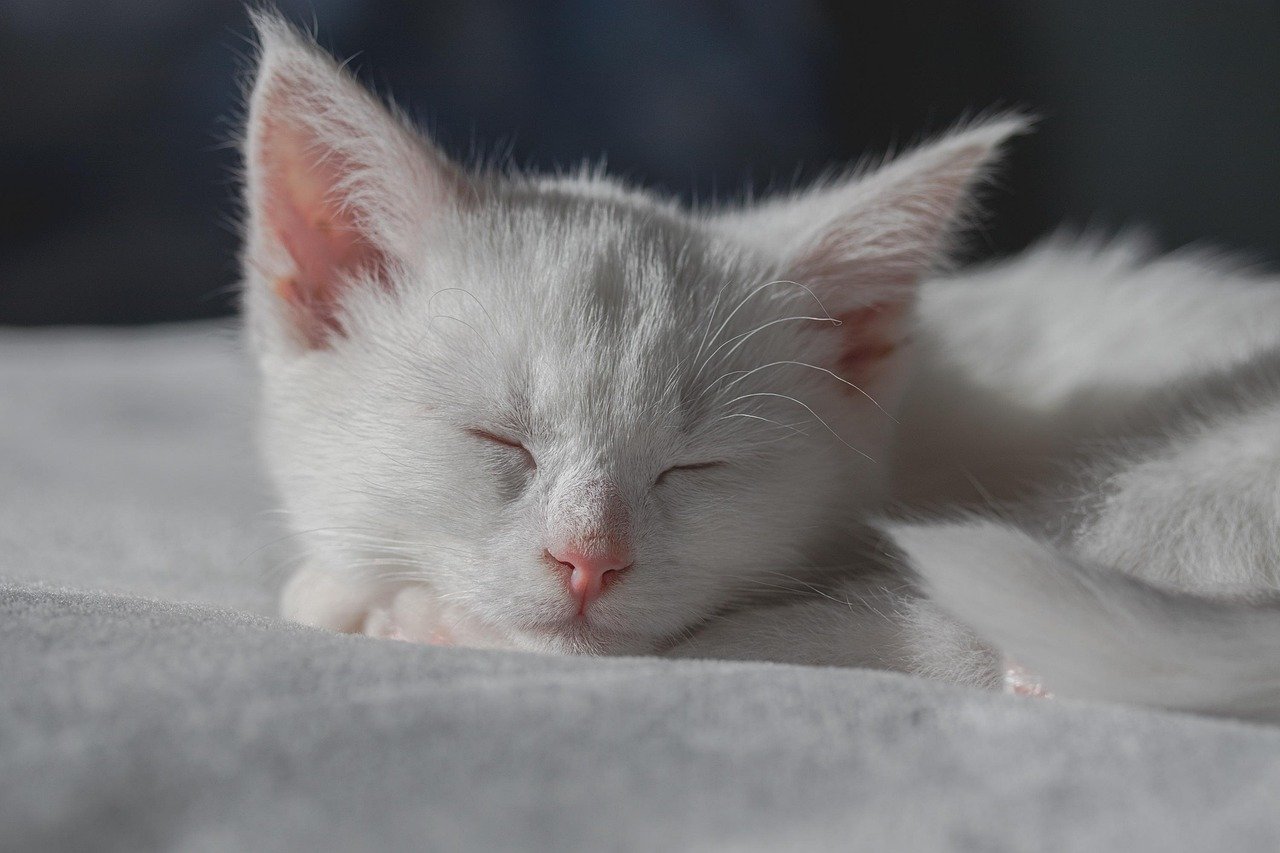
The next time your cat settles nearby without seeking interaction, take a moment to appreciate the silent bond you share. Their presence is a gift, a sign of trust and affection that doesn’t always need words—or even a touch. By understanding and honoring your cat’s unique way of loving, you deepen your connection and create a home where both of you feel safe and understood.
Hi, I’m Bola, a passionate writer and creative strategist with a knack for crafting compelling content that educates, inspires, and connects. Over the years, I’ve honed my skills across various writing fields, including content creation, copywriting, online course development, and video scriptwriting.
When I’m not at my desk, you’ll find me exploring new ideas, reading books, or brainstorming creative ways to solve challenges. I believe that words have the power to transform, and I’m here to help you leverage that power for success.
Thanks for stopping by, Keep coming to this website to checkout new articles form me. You’d always love it!






